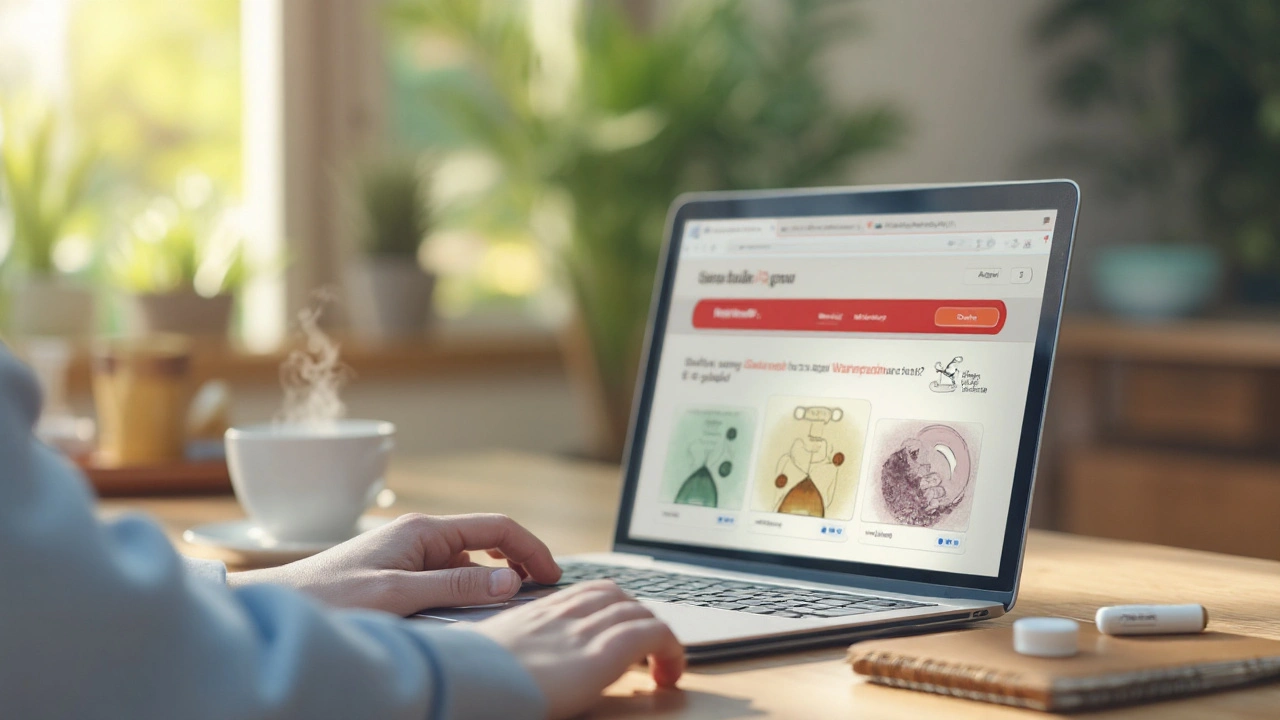Generic Warfarin: Quick Guide to Safe Use and Buying
Warfarin is a blood thinner that helps prevent clots in the heart, lungs, and legs. When you pick the generic version, you get the same active ingredient at a lower price. It’s used for conditions like atrial fibrillation, deep‑vein thrombosis, and after certain surgeries. If you’ve just been prescribed warfarin, you probably have a lot of questions about how to take it, what to watch for, and where to find a trustworthy pharmacy.
How Generic Warfarin Works and Who Needs It
Warfarin blocks a vitamin‑K dependent step in the clotting process. Less vitamin K means your blood stays thinner, which reduces the chance of a dangerous clot forming. Doctors usually start you on a low dose and adjust it based on blood‑test results called the INR (International Normalized Ratio). An INR between 2.0 and 3.0 is common for most patients, but some conditions require tighter or looser ranges.
People who need warfarin typically have one of these risk factors:
- Irregular heart rhythm (atrial fibrillation)
- Recent hip or knee replacement
- History of deep‑vein thrombosis or pulmonary embolism
- Certain heart valve replacements
If any of these sound familiar, your doctor may have chosen warfarin because it’s proven, inexpensive, and works well when monitored correctly.
Safe Dosing, Monitoring, and Buying Online
The biggest mistake people make is thinking warfarin is a “set‑and‑forget” pill. Your dose can change if you start a new medication, change your diet, or even get sick. That’s why regular INR checks—usually every few weeks—are critical. Most clinics let you bring a finger‑stick test kit home; you just send the result to your doctor.
Side effects are mainly bleeding problems. Look out for nosebleeds that won’t stop, blood in urine or stool, unusually heavy periods, or bruises that appear out of nowhere. If you notice any of these, call your doctor right away.
Warfarin interacts with many common drugs and even foods high in vitamin K, like leafy greens. Some over‑the‑counter meds (aspirin, ibuprofen) can boost bleeding risk, while certain antibiotics can raise INR too high. Keep a list of everything you take and share it with your prescriber.
When it comes to buying generic warfarin online, stick to pharmacies that require a valid prescription and display a licensed pharmacist’s contact info. Look for accreditation seals, read customer reviews, and avoid sites that promise “no prescription needed.” A quick phone call to the pharmacy can confirm they’ll check your prescription with your doctor.
Prices for generic warfarin vary, but you’ll usually find it cheaper than brand‑name Coumadin. Compare a few reputable sites, factor in shipping costs, and check if your insurance covers the online purchase. Some pharmacies also offer a 30‑day supply discount if you set up a recurring order.
Finally, remember that warfarin is a lifelong commitment for many patients. Staying on top of INR tests, watching your diet, and using a reliable pharmacy will keep you safe and save money. If you ever feel unsure, talk to your doctor or a pharmacist—better to ask than to guess.
-
How to Safely Buy Cheap Generic Warfarin Online
Learn where to find affordable generic warfarin online, what safety checks to run, and how to use it correctly. Get practical tips, price comparison, and FAQs for a worry‑free purchase.
-
How to Buy Cheap Generic Warfarin Online Safely
Learn how to purchase affordable generic warfarin online, understand safety checks, compare prices, and stay compliant with regulations.

